Black bear sighting in Los Osos
A black bear (Ursus americanus) recently swam across the southern end of the Morro Bay estuary and made its way onto land in a residential area of Los Osos, near Pasadena Point. The bear spent some time napping in a tree before officials with California Fish and Wildlife tranquilized and transported it to the Los Padres National Forest.
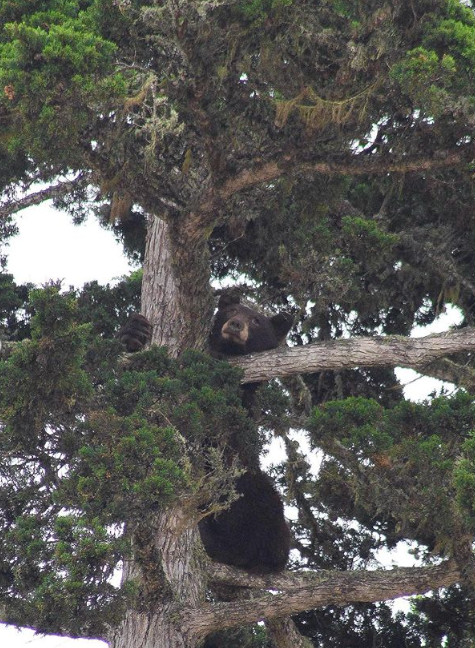
This incident reminded many of us that the lands surrounding Morro Bay are still wild and able to support large mammals, like black bears and mountain lions. Though black bears are omnivores and eat berries and grasses in addition to smaller mammals, they can function as apex predators, helping to keep populations of prey animals in check. This is a good thing for the ecosystem as a whole, since it leads to a greater variation of wildlife in the area.
Geographic movement and genetics of brown bears
The natural history of bears in North America goes back to the end of the Pleistocene Epoch. Fossil evidence shows that brown bears entered North America about 70,000 years ago. Phyleogeographic records—a branch of science that studies how genetic variations are distributed—shows that these bears most likely came from Asia.[i]
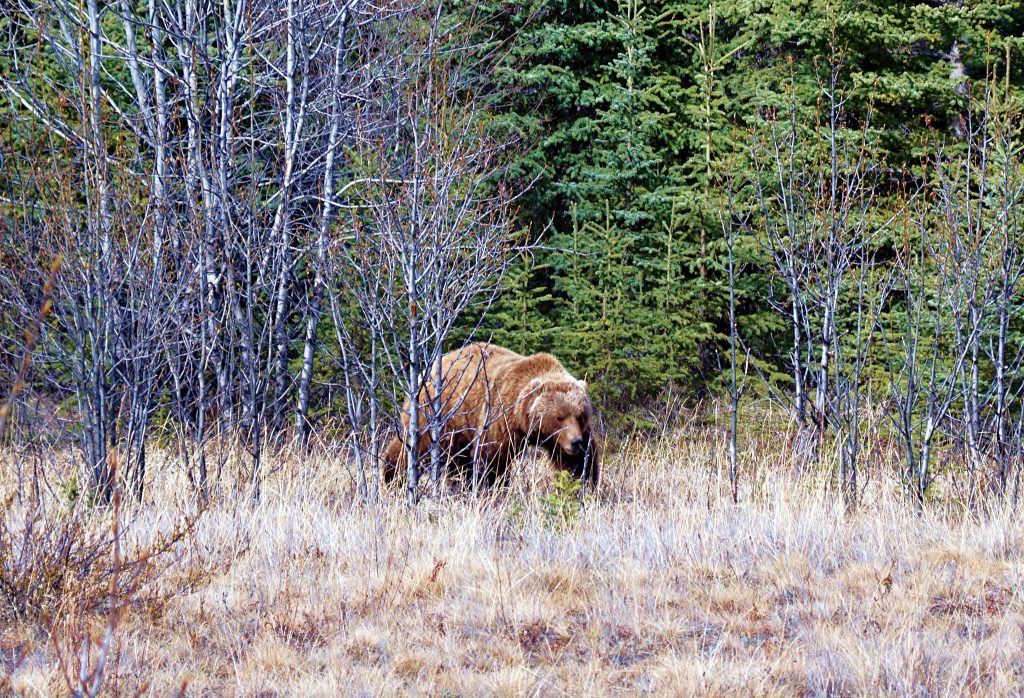
Disagreement over brown bear subspecies
Scientists have disagreed on whether the North American brown bear (Ursus arctos) should be considered one species or split into subspecies. In 1918, C. Hart Merriam proposed a whopping 80 subspecies of brown bears. His classifications were not widely accepted at the time, and science has continued to progress since then.
For decades, scientists generally considered there to be two subspecies of North American brown bear, including the Kodiak bear, which lives in Alaska, and the grizzly bear (Ursus arctos horribilis), which the town of Los Osos claims as its namesake (more on that later). Brown bears that live further inland were typically classified as grizzly bears, while bears that live along the coast and have access to marine food sources, such as salmon, were generally classified as North American brown bears.
Recent studies, however, indicate that there is not a genetic distinction between grizzlies and North American brown bears. The two names, brown bear and grizzly bear, are often used interchangeably.
History of bears in California
Brown bears
Brown bears, more commonly called grizzly bears have been a symbol of California for hundreds of years. In 1769, a group of missionaries led by Gaspar de Portola came through the area surrounding the Morro Bay estuary and, after seeing many grizzly bears and hunting some of them, called it Los Osos.[ii] The name remains today.
Grizzly bears were plentiful up through the 1840s, when Northern California residents reported—with perhaps some exaggeration—that, “you couldn’t ride on a horse for a mile without seeing ten grizzly bears.”[iii] Unfortunately, settlers hunted these bears unrelentingly, so much so that they had almost disappeared from the wild by the 1860s.
Despite their decline, authorities chose the powerful grizzly bear as the focal point of the California State flag when it was designed in 1911,[iv] just eleven years before the last wild grizzly was killed in Ventura County in 1922.
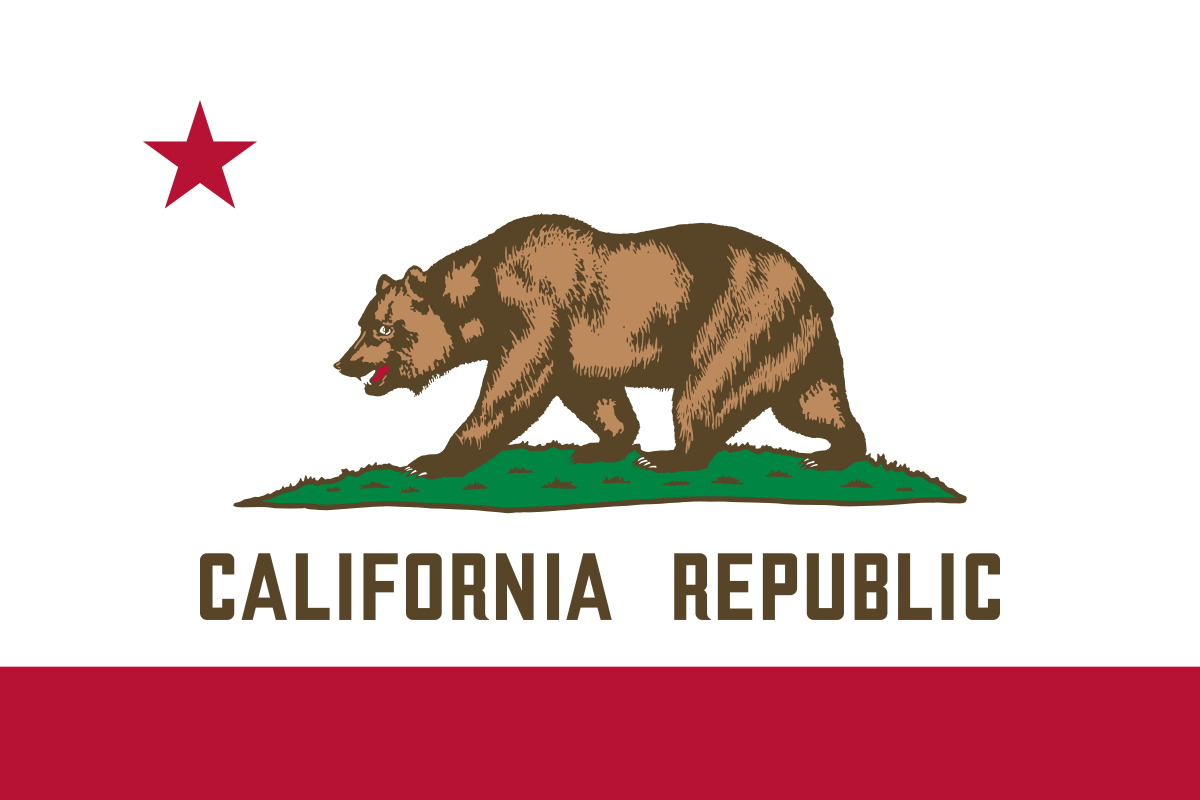
By Devin Cook, via Wikimedia Commons.
Black bears
Historical record of bears in San Luis Obispo County
Brown bears are native to San Luis Obispo County, but black bears are not. Historical records show that black bears lived in the southern Sierra Nevadas hundreds and even thousands of years ago, but they did not move into the San Luis Obispo area until the 1930s, after grizzly bears had been hunted out of the area. This may be due to competition for resources between the two species. Brown bears are typically much larger than black bears and, from time to time, may even prey on their smaller ursine cousins.
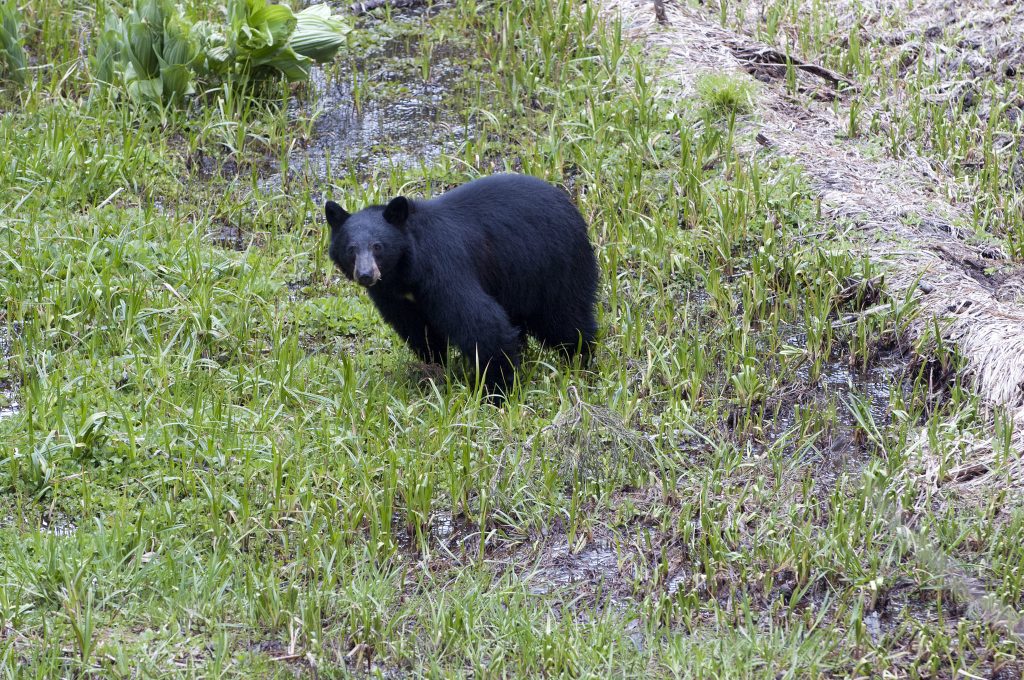
Local population of black bears
Today, scientists estimate that more than 1,050 of the state’s 30,000 estimated black bears live in San Luis Obispo County. That’s about 3.5% of the state’s total black bear population. (In contrast, the county is home to about 283,000 of California’s 39,960,000 human residents, or .07% of the total human population.)
Black bears: adaptable omnivores
Black bears are omnivores, adapted to eat both plant and animal matter. If a salmon run is within range, bears may catch spawning fish and eat their roe; this happens every fall at Lake Tahoe’s Taylor Creek. Some black bears have been seen catching and eating deer fawns.
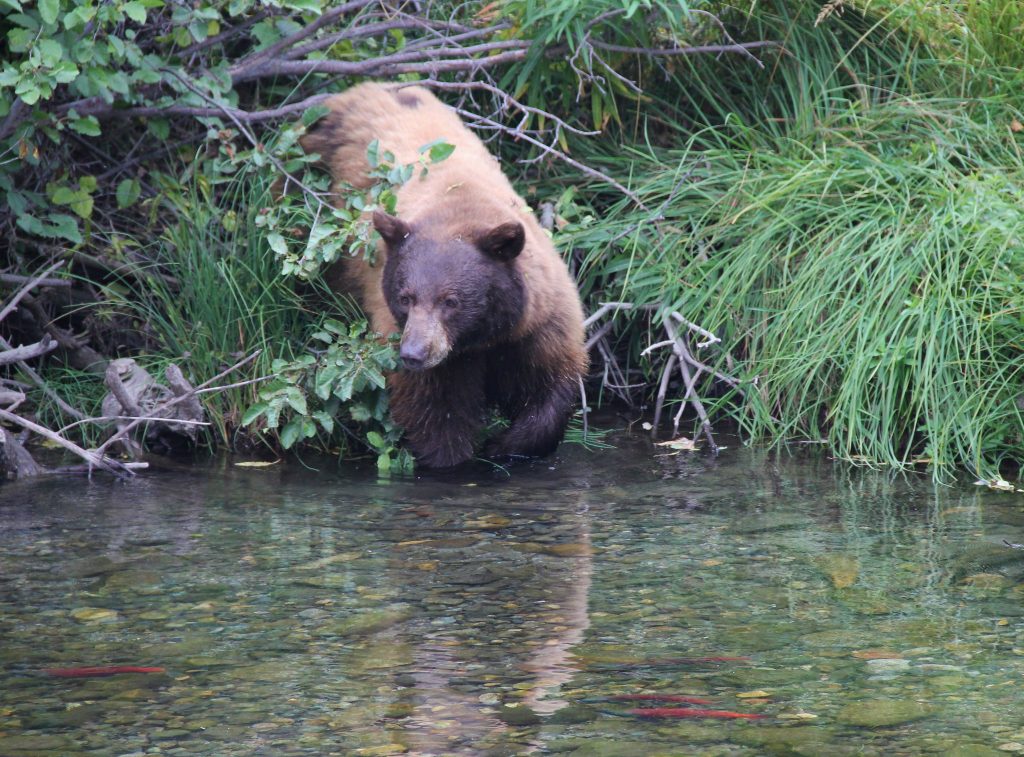
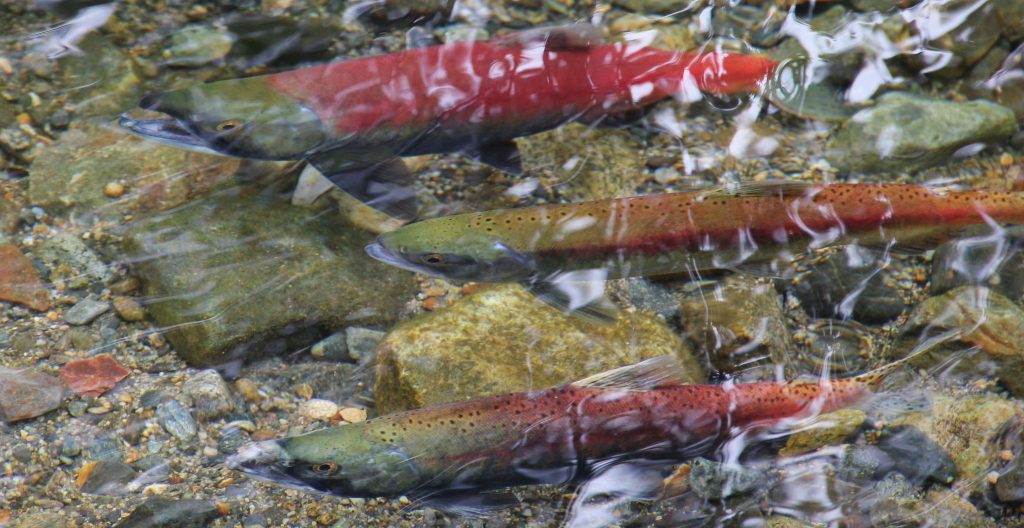
However, despite their powerful legs and long claws, they mostly forage rather than hunter. California black bears forage for a range of food; depending on the season, they may eat including ants, other insects, grasses, berries from manzanita trees and other plants, or acorns.
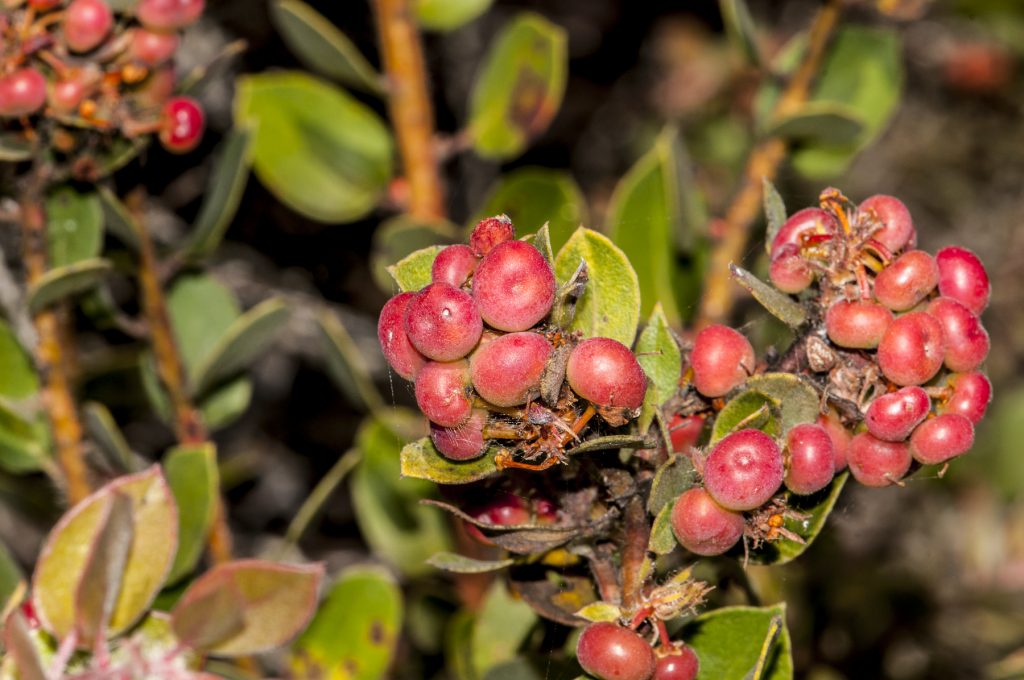
Ways to stay safe while hiking in black bear habitat
When you are hiking in areas where black bears might live, you can take some precautions to keep yourself—and any black bears you happen to meet—safe.
Here are a few tips:
- Try not to surprise a bear; they may become aggressive if you do. To avoid this, announce your presence by making noise while hiking, stay on the trail and out of thick brush, and keep your dogs leashed.
- Stay aware: watch for places where bark has been stripped off trees, keep an eye out for animal carcasses, and look for bear tracks and scat. If you see these signs, it might be time to turn back or take another trail. Click here for more information and images of bear tracks, scratch marks, and scat.
- If you do see a black bear, back away slowly, do not run, and do not make eye contact. Give the bear the chance it needs to avoid you. If the black bear has not seen you, make noise when you are a safe distance away so that the bear will move to a different location.
These tips are adapted from advice given by the California Department of Fish and Wildlife
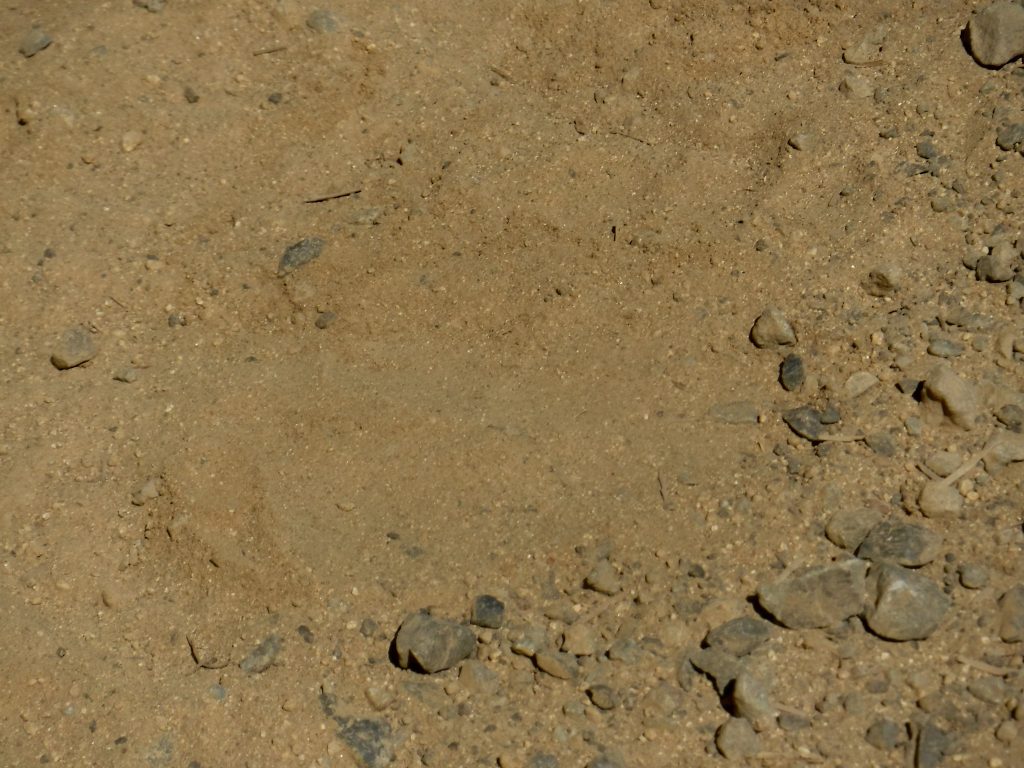
Works cited
[i] https://fitznaturalist.com/2018/03/29/difference-brown-and-grizzly-bears/
[ii] https://www.sanluisobispo.com/news/local/news-columns-blogs/times-past/article234816692.html
[iii] https://www.scpr.org/programs/take-two/2012/10/24/28981/monarch-the-sad-amazing-story-of-the-bear-on-calif/
[iv] https://www.scpr.org/programs/take-two/2012/10/24/28981/monarch-the-sad-amazing-story-of-the-bear-on-calif/
Subscribe to our weekly blog to have posts like this delivered to your inbox each week.
Help us protect and restore the Morro Bay estuary!
- Donate to the Estuary Program today and support our work in the field, the lab, and beyond.
The Estuary Program is a 501(c)3 nonprofit. We depend on funding from grants and generous donors to continue our work. - Support us by purchasing estuary-themed gear from ESTERO. This locally owned and operated company donates 20% of proceeds from its Estuary clothing line and 100% of Estuary decal proceeds to the Estuary Program. Thank you, ESTERO!
- Purchase items from the the Estuary Program’s store on Zazzle. Zazzle prints and ships your items, and the Estuary Program receives 10% of the proceeds. Choose from mugs, hats, t-shirts, and even fanny packs (they’re back!) with our fun Estuary Octopus design, our classic Estuary Program logo, or our Mutts for the Bay logo.